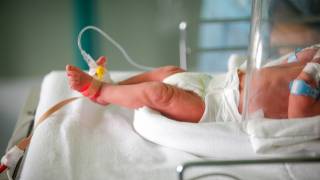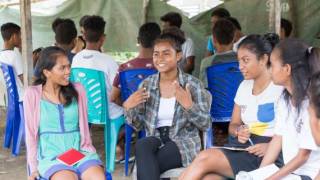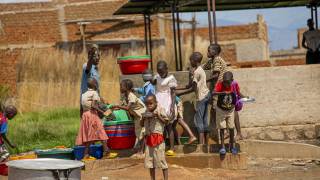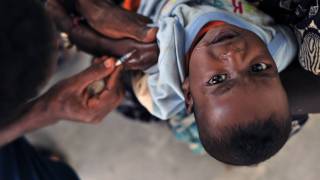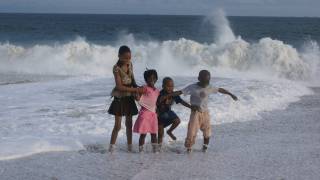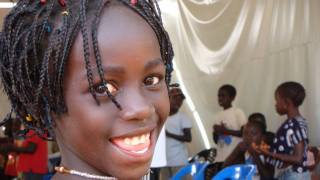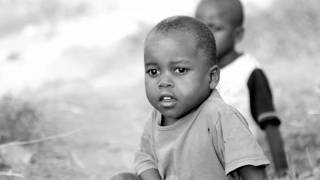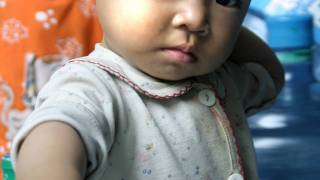Is Vaccine Hesitancy Behind Bosnia & Herzegovina Low Vaccination Rates

The Federation of Bosnia and Herzegovina continue to report Immunization rates as low as 40 percent.
And, the rates continue to decline, falling short of global targets of at least 90 percent.
But, no one knows precisely why.
"Right now our immunization programming is based on a lot of assumptions," says Dr. Sanjin Musa, an epidemiologist at the Institute for Public Health in Bosnia and Herzegovina.
"We need to better identify populations susceptible to vaccine-preventable diseases, diagnose barriers and motivators to vaccination, and recommend evidence-informed responses to improve coverage.”
Bosnia and Herzegovina immunizations are not only free but mandatory. Vaccination coverage also varies greatly within cantons and cities, and in some areas, rates fall between 40-50 percent.
In 2016, only:
- 78% of children in Bosnia and Herzegovina received the 3rd dose of diphtheria-tetanus-pertussis (DTP)-containing vaccine,
- 79% received the 3rd dose of polio, and
- 83% the 1st dose of measles vaccine.
These low rates put the country’s population at-risk for large disease outbreaks.
***Schedule your appointment today for recommended vaccines***
In the last decade, there have been large outbreaks of measles, mumps, and rubella, in part due to the disruption of immunization programmes during the war in the early 1990s, but also to vaccine hesitancy.
The typical issues of vaccine misinformation in social media, lack of trust in the health system, a shortage of health workers and supply issues are all potential reasons for low vaccination rates.
However, these are mostly assumptions, with little evidence, says the World Health Organization (WHO).
Another issue is the location of Bosnia and Herzegovina.
It is situated in the western Balkan Peninsula of Europe. The larger region of Bosnia occupies the northern and central parts of the country, and Herzegovina occupies the south and southwest.
"With current large measles outbreaks across the Region, including in nearby Italy, Romania and Serbia, the country is constantly on high alert for outbreaks," says Dr. Musa.
"Building trust and understanding the community is essential to responding to vaccine hesitancy," says Katrine Bach Habersaat, Technical Officer, Vaccine-preventable Disease and Immunization in the WHO Regional Office for Europe.
"Many people assume vaccine hesitancy is about people being unwilling to be vaccinated, but under the surface, it is often about the convenience factor and how easy it is to get their children vaccinated," said Habersaat.
According to the US Centers for Disease Control and Prevention (CDC), when visiting Bosnia and Herzegovina, make sure you are up-to-date on routine vaccines before every trip. These vaccines include measles-mumps-rubella (MMR) vaccine, diphtheria-tetanus-pertussis vaccine, varicella (chickenpox) vaccine, polio vaccine, and your yearly flu shot.
Additionally, the CDC recommends getting the hepatitis A vaccine.
Using WHO’s Tailoring Immunization Programme (TIP) – a structured research approach – Bosnia and Herzegovina is working to identify populations susceptible to vaccine-preventable diseases, diagnose barriers and motivators to vaccination, and recommend evidence-informed responses to improve coverage.
The TIP effort is part of WHO’s work with 11 countries in south-eastern Europe to speed up progress in reaching the goals and strategic objectives of the European Vaccine Action Plan 2015–2020 (EVAP).
Our Trust Standards: Medical Advisory Committee


